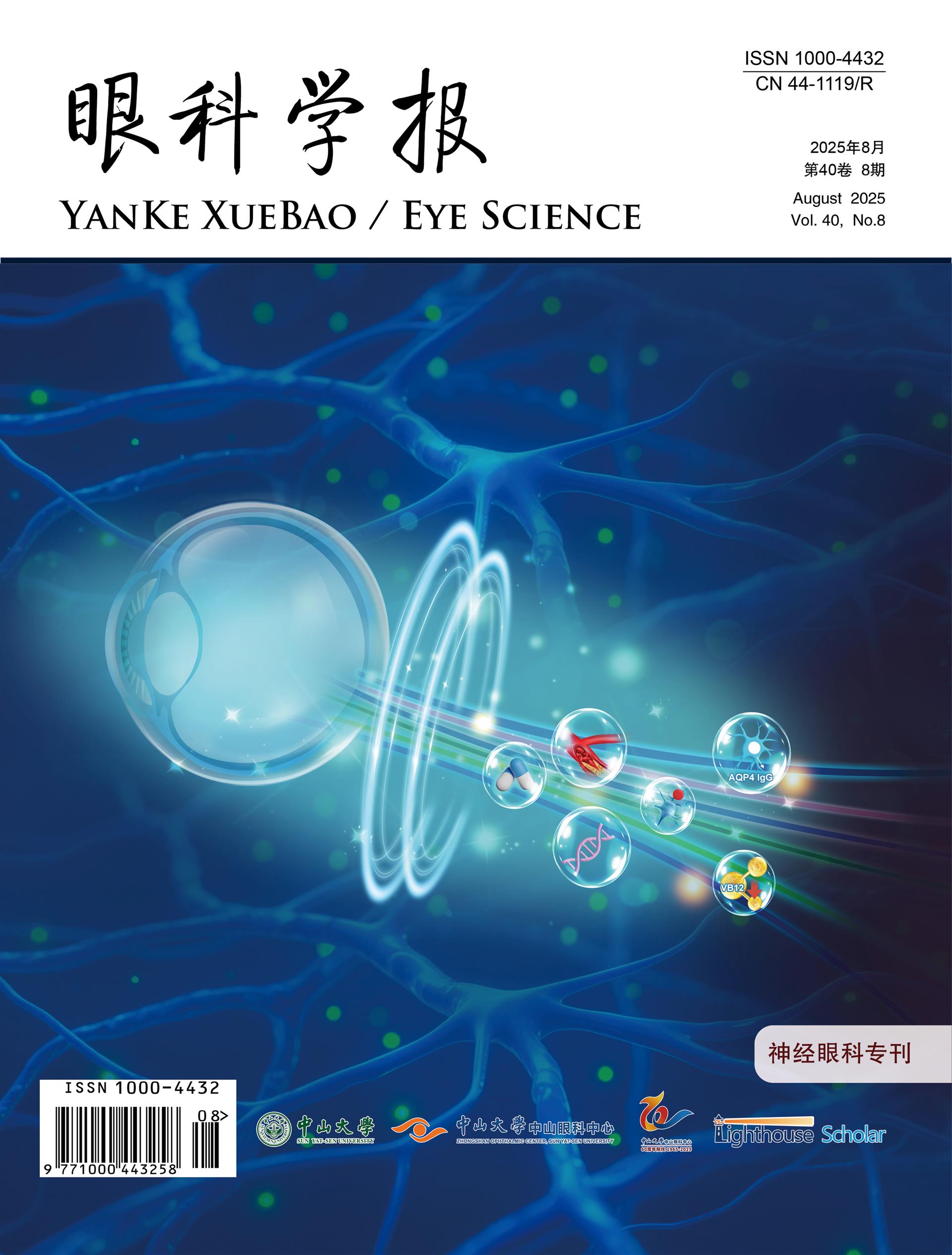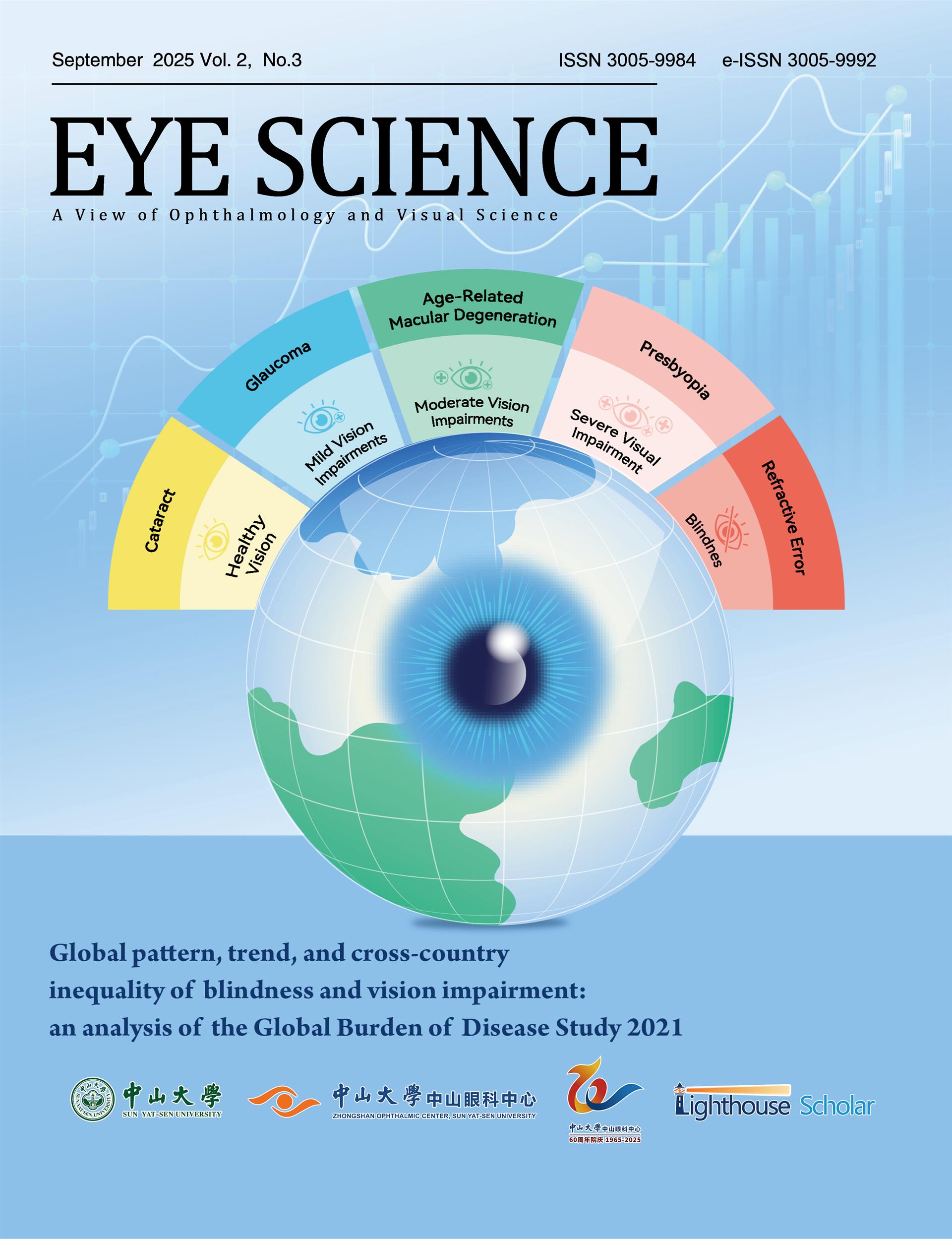Age stands as a primary risk factor for diseases and disabilities among the elderly. To effectively assess the underlying aging processes, accurate measures of biological age and rates of aging across multiple levels of aging features are essential. Biological age derives from physiological assessments of systems and organs. It has emerged as a superior predictor of age-related diseases and mortality compared to chronological age. Recent advancements in machine learning have catalyzed the development of sophisticated models capable of quantitatively characterizing biological aging with different types of data. This review explores the machine learning models in advancing our understanding of biological aging, highlighting the potential of these innovative approaches to facilitate aging research and personalized healthcare strategies.

















